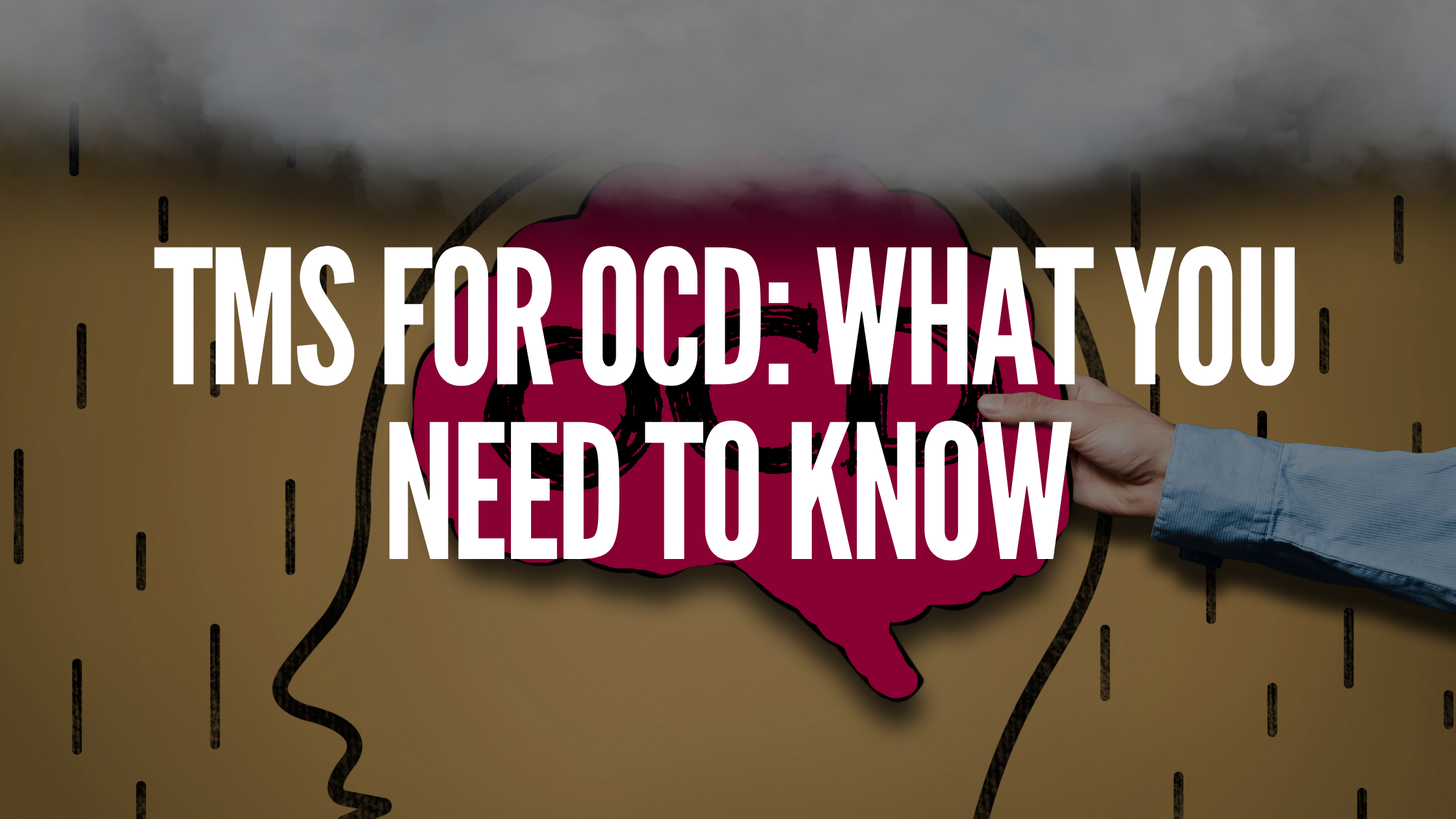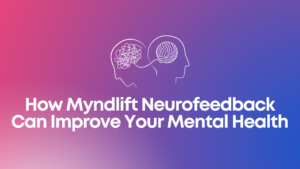If you or someone you know has OCD, you may be wondering what treatments are available. One option is TMS for OCD. TMS, or transcranial magnetic stimulation, is a non-invasive treatment that uses magnetic fields to stimulate the brain. This treatment is FDA-approved for major depressive disorder and has been shown to be effective for treating OCD.
OCD is an anxiety disorder that is characterized by unwanted and intrusive thoughts, as well as compulsions to perform certain actions. These thoughts and behaviors can cause a great deal of distress and interfere with everyday life. TMS for OCD can help to reduce the symptoms of OCD by targeting the areas of the brain that are responsible for these thoughts and behaviors.
For patients who have not responded well to traditional forms of treatment, TMS can be an effective option. Unlike SSRIs, TMS has been shown to be generally well-tolerated, with mild to moderate side effects that typically decrease with additional sessions. The most common side effects of TMS include a mild headache, mild discomfort at the scalp, light tingling or spasms in face muscles near the treatment area, and lightheadedness. The most serious side effects of TMS are hearing loss if proper ear protection is not used, feelings of mania after treatment, and rare seizures. Be sure to discuss all risks and potential benefits with your doctor before deciding whether TMS is right for you.
TMS targets areas of the patient’s brain using magnetic fields generated by an electromagnetic coil positioned near the head of the patient. The attending physician activates and deactivates the magnet. During the first session, the doctor will need to determine the best area to target the magnetic pulse. As a result, the first session should last one hour, with future sessions taking around 40 minutes.
When a patient is suffering from symptoms of OCD the doctor will target the magnet wave at a few potential places. The most likely area will be the Dorsolateral Prefrontal Cortex (DLPFC). This is the area of the brain that is responsible for executive functioning. The DLPFC is responsible for a person’s ability to control their impulses, as well as to plan and organize. Another region that may be targeted is the Orbitofrontal cortex (OFC). The OFC is the area of the brain that is associated with processing emotions. Lastly, the Pre-Supplementary Motor Area (pre-SMA) may be targeted. Pre-SMA is associated with the cognitive aspects of motor behavior, such as planning and learning new motor sequences.
TMS for OCD is a promising treatment option with few side effects. If you or someone you know has OCD, get in touch with us today at info@psyfitms.com and see if TMS might be right for you.


